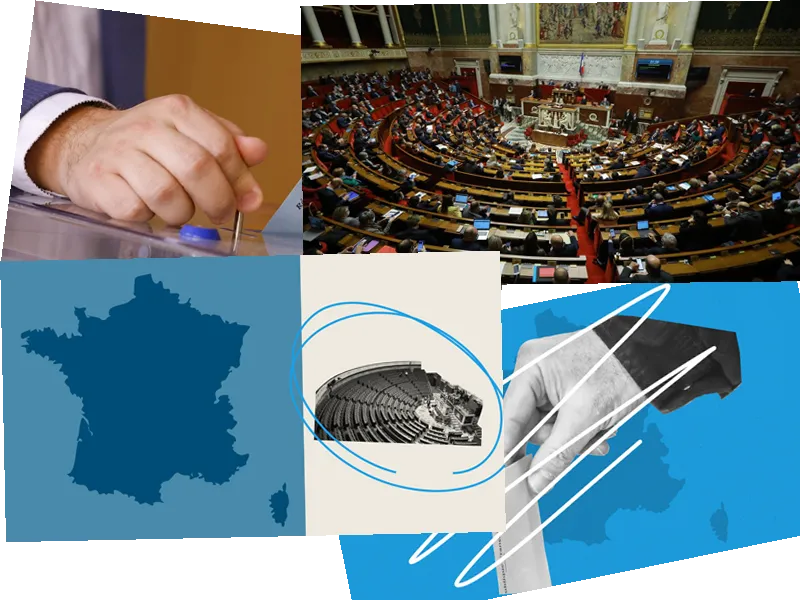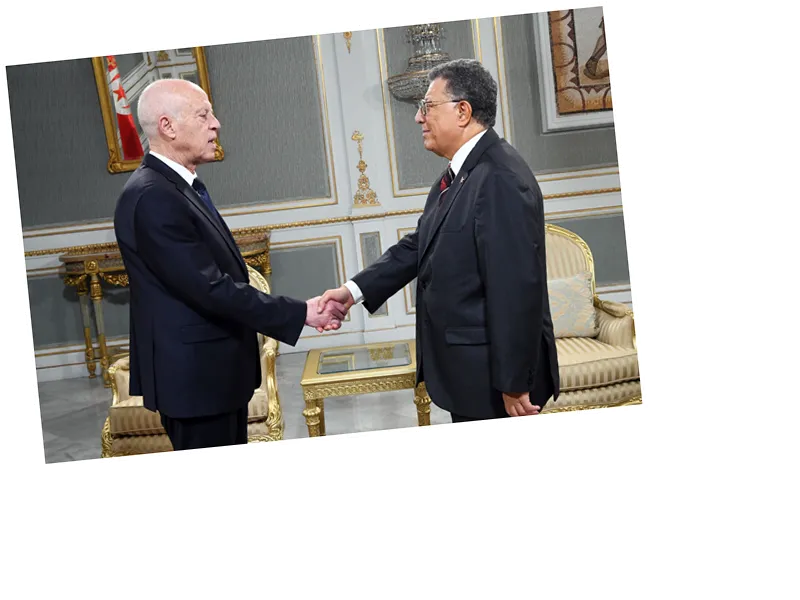Record Participation in French Legislative Elections
The recent early legislative elections in France have seen unprecedented levels of participation, with 66.71% of registered voters casting their ballots in the first round. This marks the highest turnout since 1997 and has resulted in a significant number of triangulars and even one quadrangular in the second round. The increased voter engagement has led to a lower percentage of votes needed to qualify for the second round, around 19%, allowing many candidates to surpass the threshold.
Impact of High Participation on Election Results
The high participation rate has significantly influenced the election results, leading to a record number of triangulars. In the first round, 76 deputies were elected outright, with the National Rally (RN) and the New Popular Front (NFP) being the primary beneficiaries. The RN, allied with Eric Ciotti's LR, secured 39 seats, while the NFP managed to elect 32 deputies. The presidential majority, Ensemble, only managed to secure two seats in the first round.
The second round promises to be highly competitive, with 306 triangulars and five quadrangulars expected. The left-wing parties, including the Ecologists, the Socialist Party, and the Communist Party, have called for the withdrawal of candidates who came third to block the National Rally. This strategic withdrawal could reduce the number of triangulars and impact the final outcome.
Key Constituencies and Notable Candidates
Several notable candidates have emerged victorious in the first round. Marine Le Pen, leader of the National Rally, was re-elected in the first round with over 58% of the votes in the 11th constituency of Pas-de-Calais. Similarly, Manuel Bompard of the New Popular Front was re-elected in the 4th constituency of Bouches-du-Rhône with 66.36% of the votes.
In Lyon, the New Popular Front led in several constituencies, with candidates like Anaïs Belouassa-Cherifi and Boris Tavernier securing significant leads. The presidential majority and the RN also have strong contenders, making the second round highly unpredictable.
The elections have also seen a significant number of high-profile candidates being eliminated in the first round, including PCF boss Fabien Roussel and former ministers Damien Abad and Jérôme Cahuzac. The high turnout and increased voter engagement have made this election one of the most competitive in recent history.
- The record participation in the French legislative elections has led to a significant number of triangulars and even one quadrangular in the second round. This high level of engagement has lowered the percentage of votes needed to qualify for the second round, around 19%, allowing many candidates to surpass the threshold.
- The National Rally (RN) and the New Popular Front (NFP) were the primary beneficiaries of the high turnout, with the RN securing 39 seats and the NFP electing 32 deputies in the first round. The presidential majority, Ensemble, managed to secure only two seats.
- Marine Le Pen, leader of the National Rally, was re-elected in the first round with over 58% of the votes in the 11th constituency of Pas-de-Calais. Manuel Bompard of the New Popular Front was also re-elected in the 4th constituency of Bouches-du-Rhône with 66.36% of the votes.
- The second round is expected to be highly competitive, with 306 triangulars and five quadrangulars. The left-wing parties have called for strategic withdrawals to block the National Rally, which could impact the final outcome.






